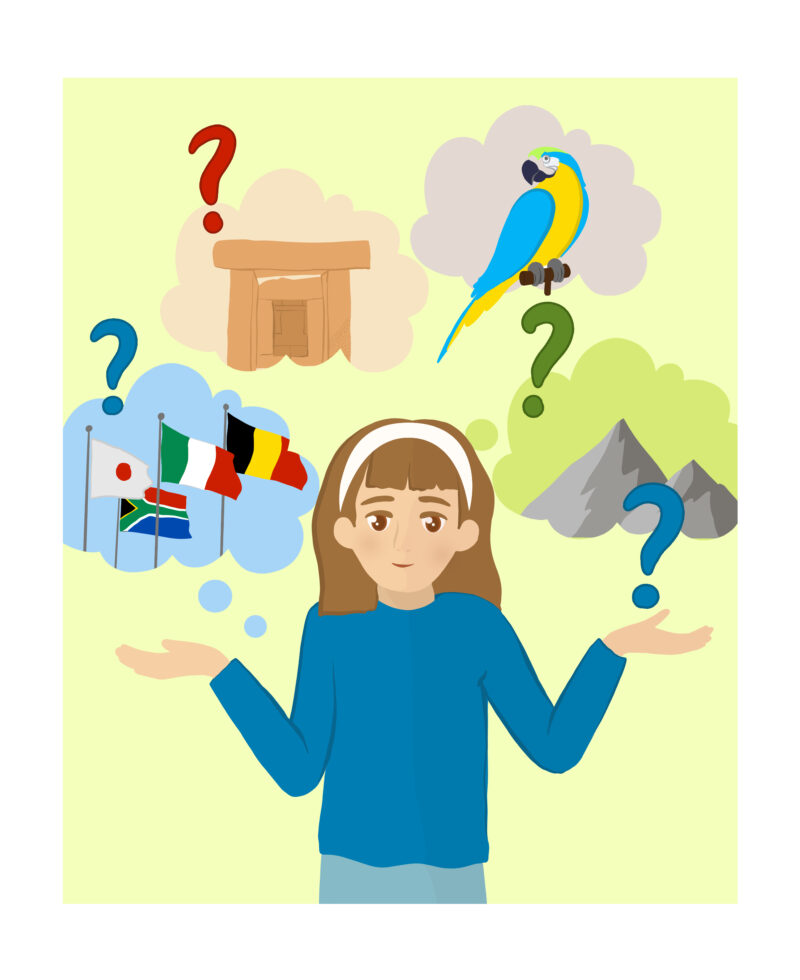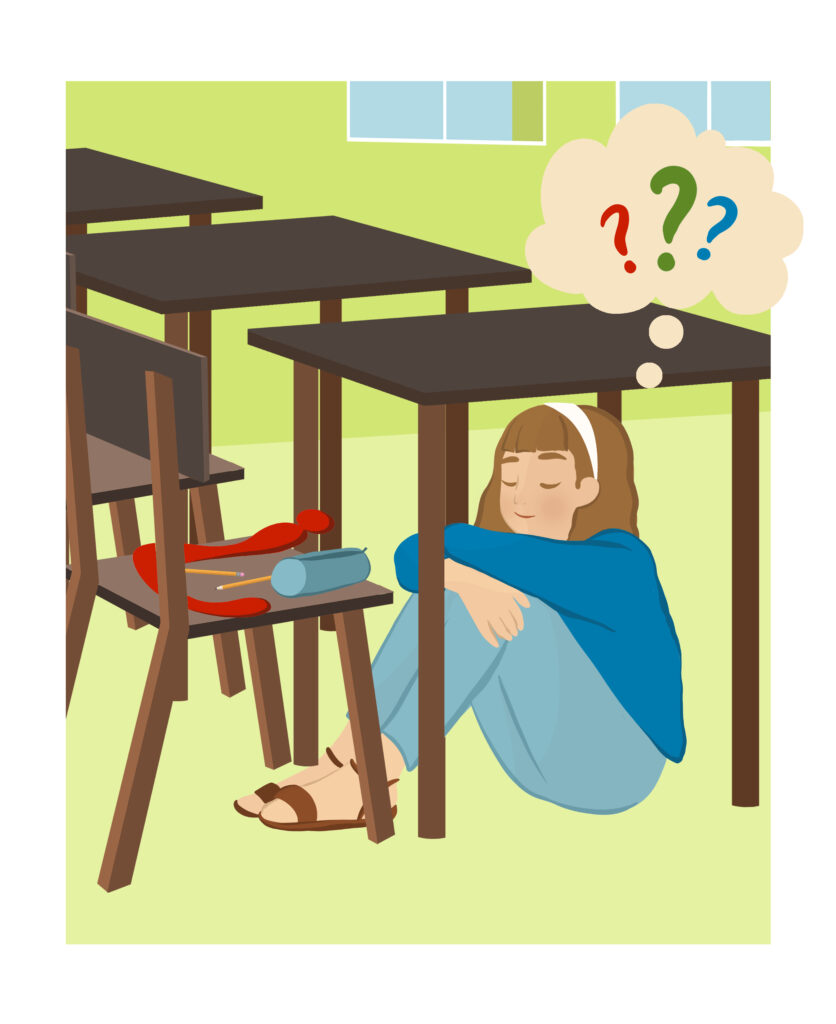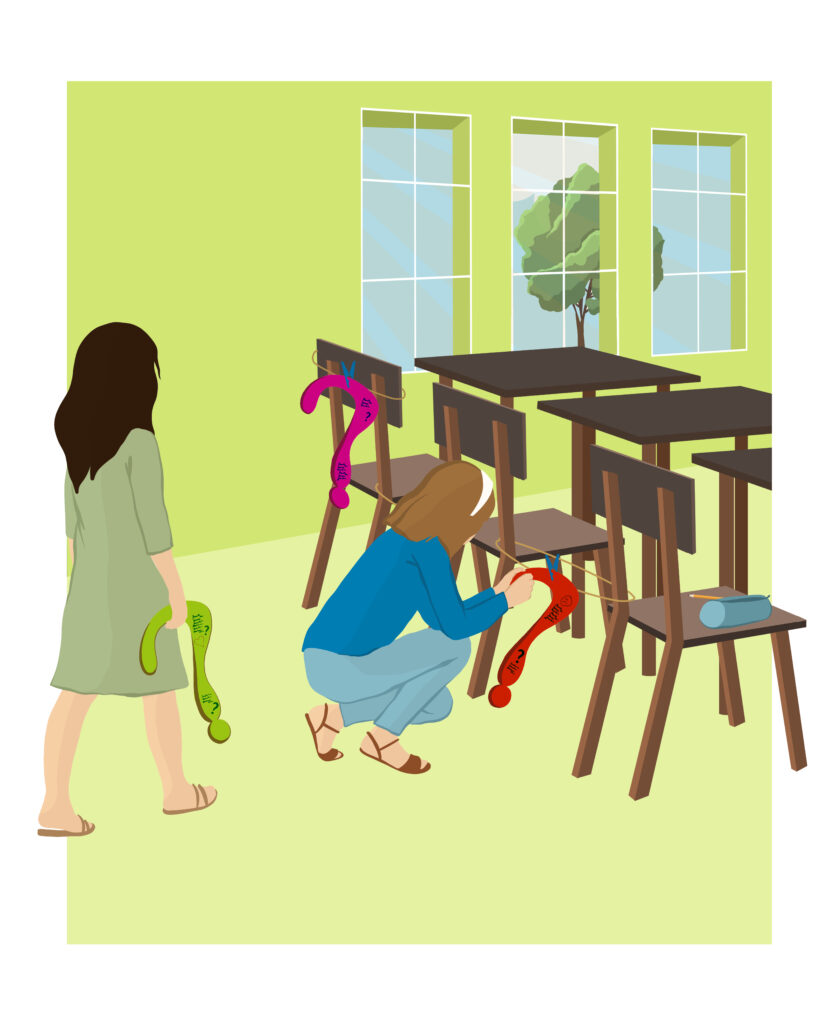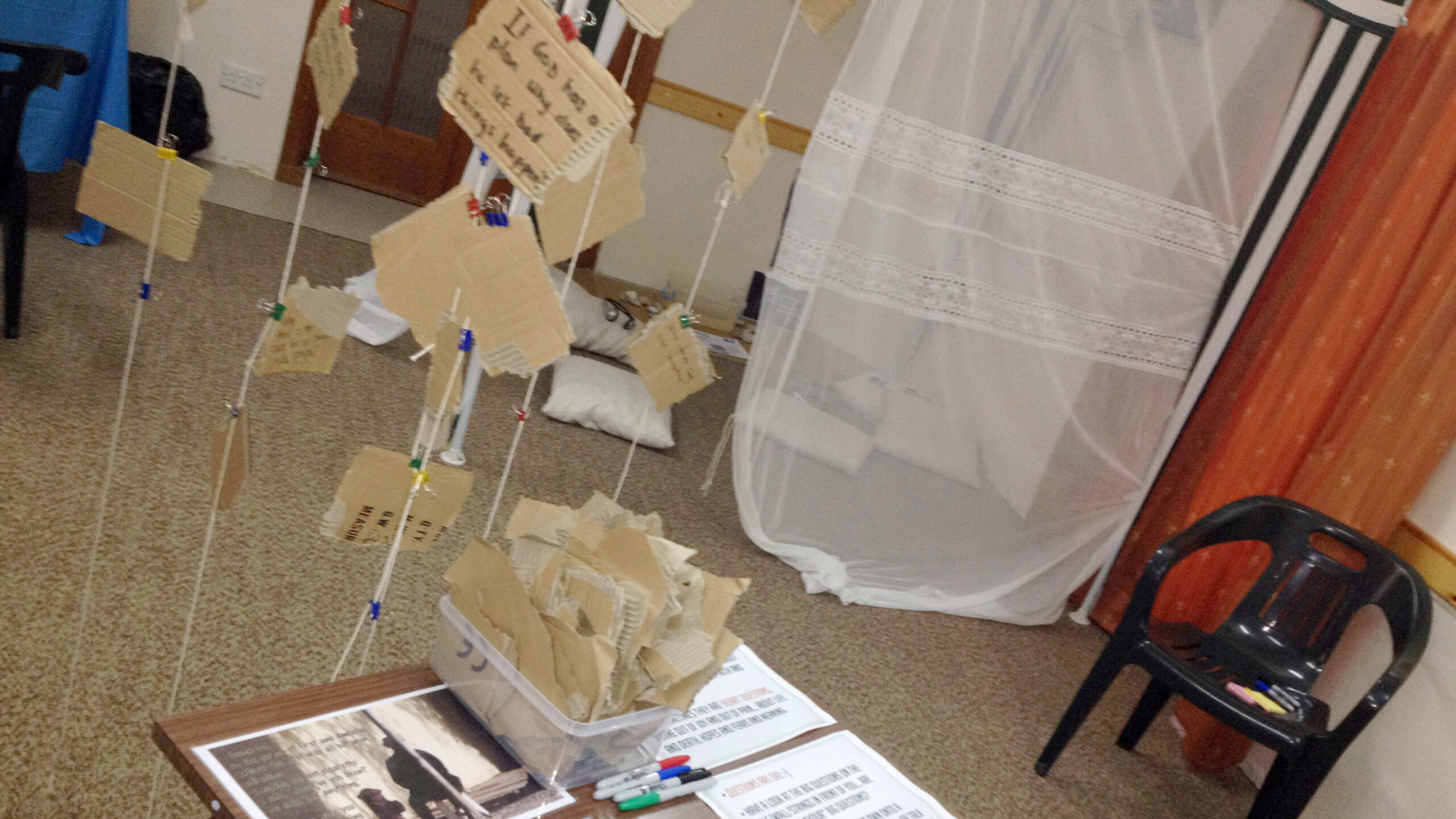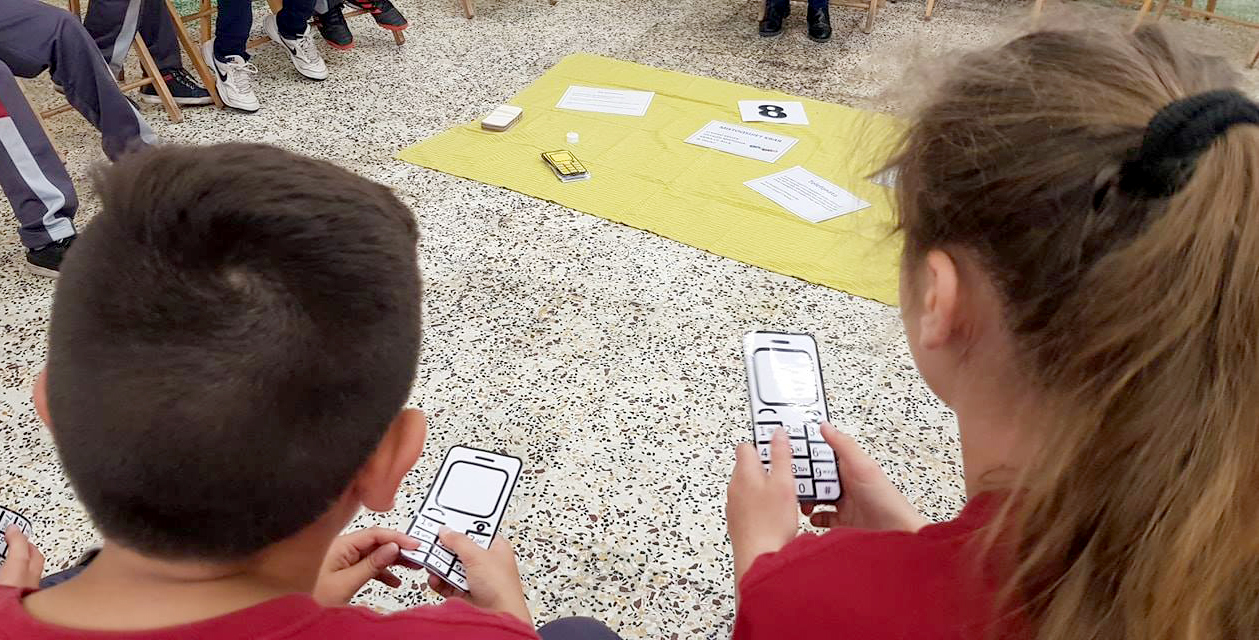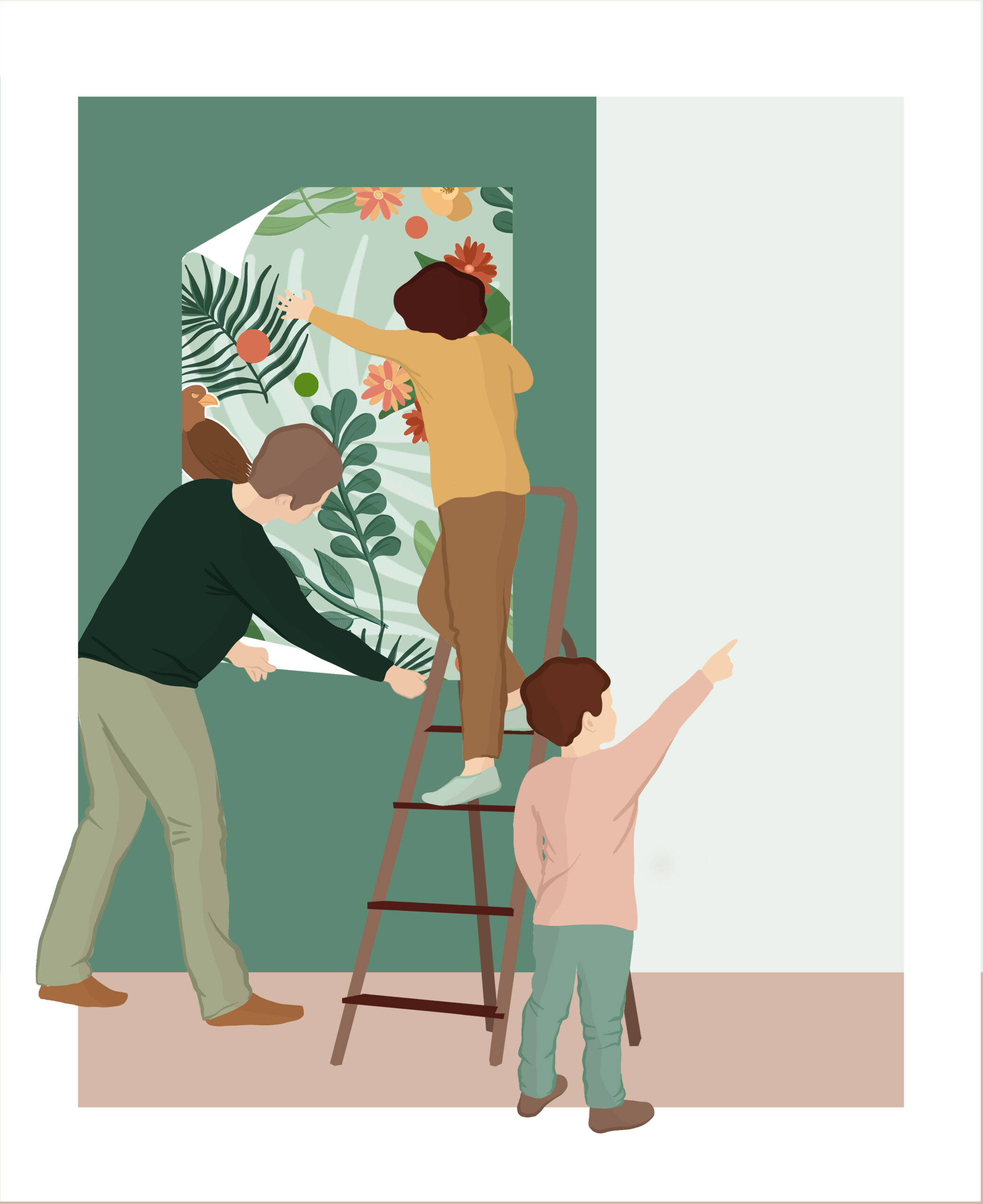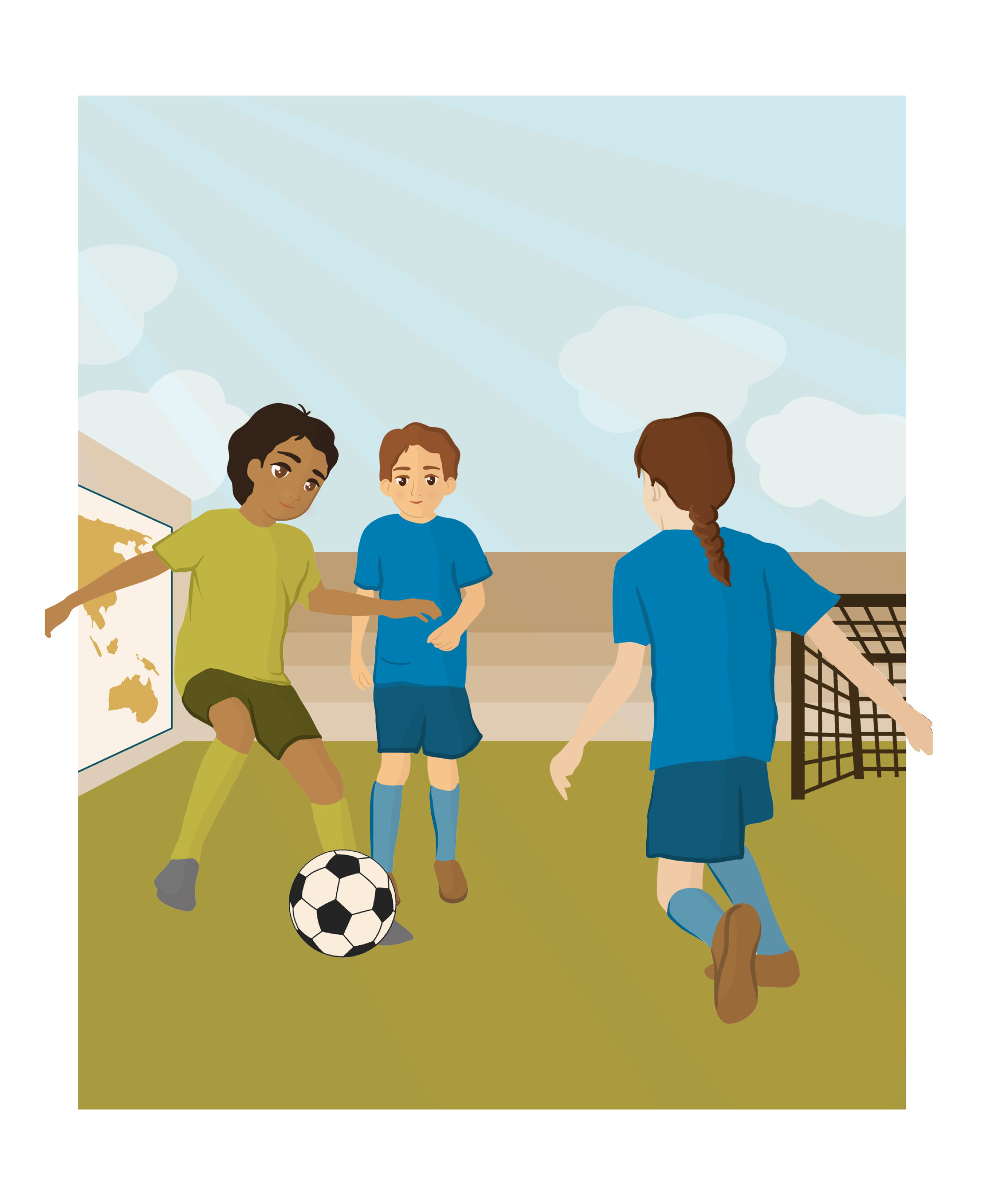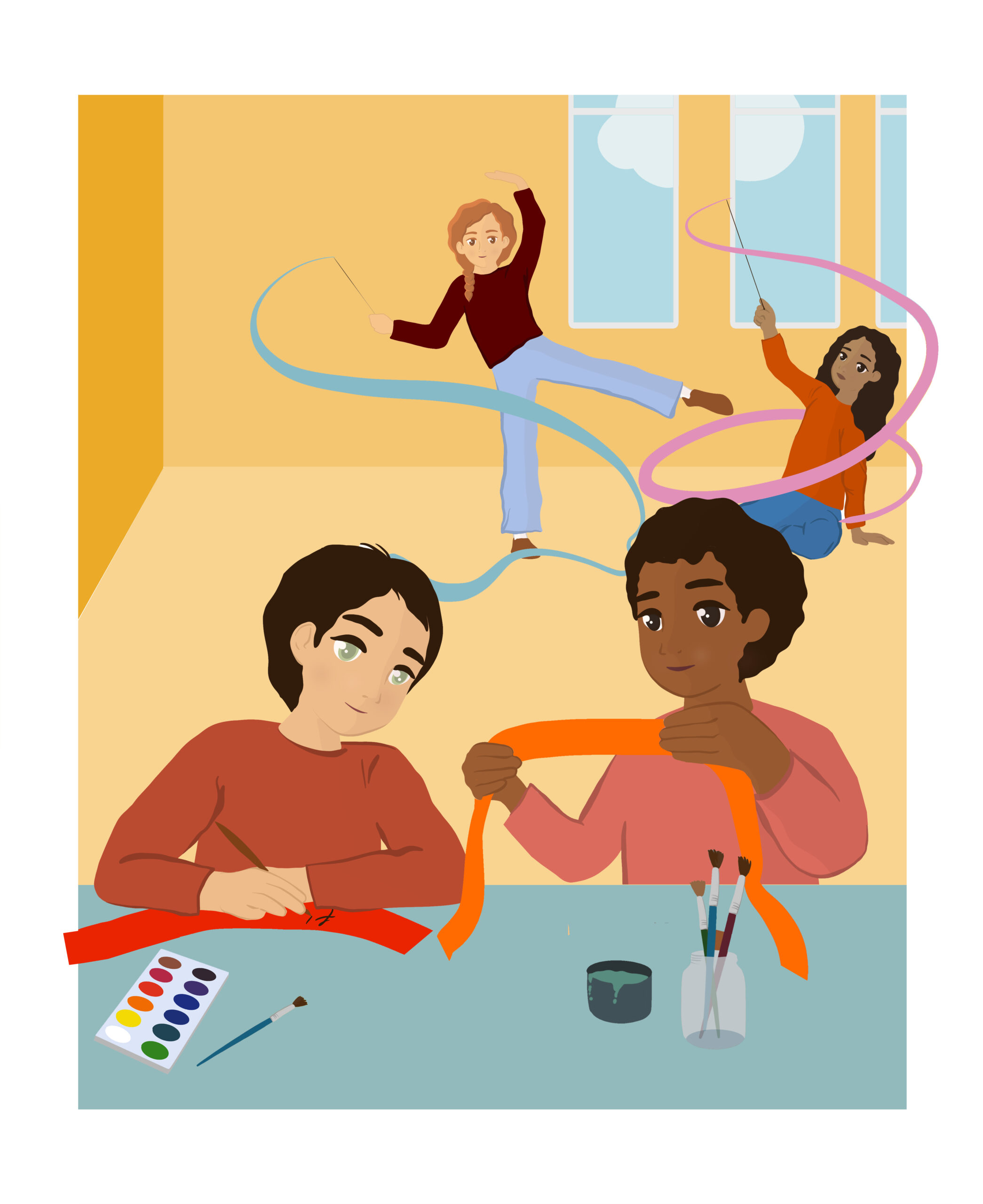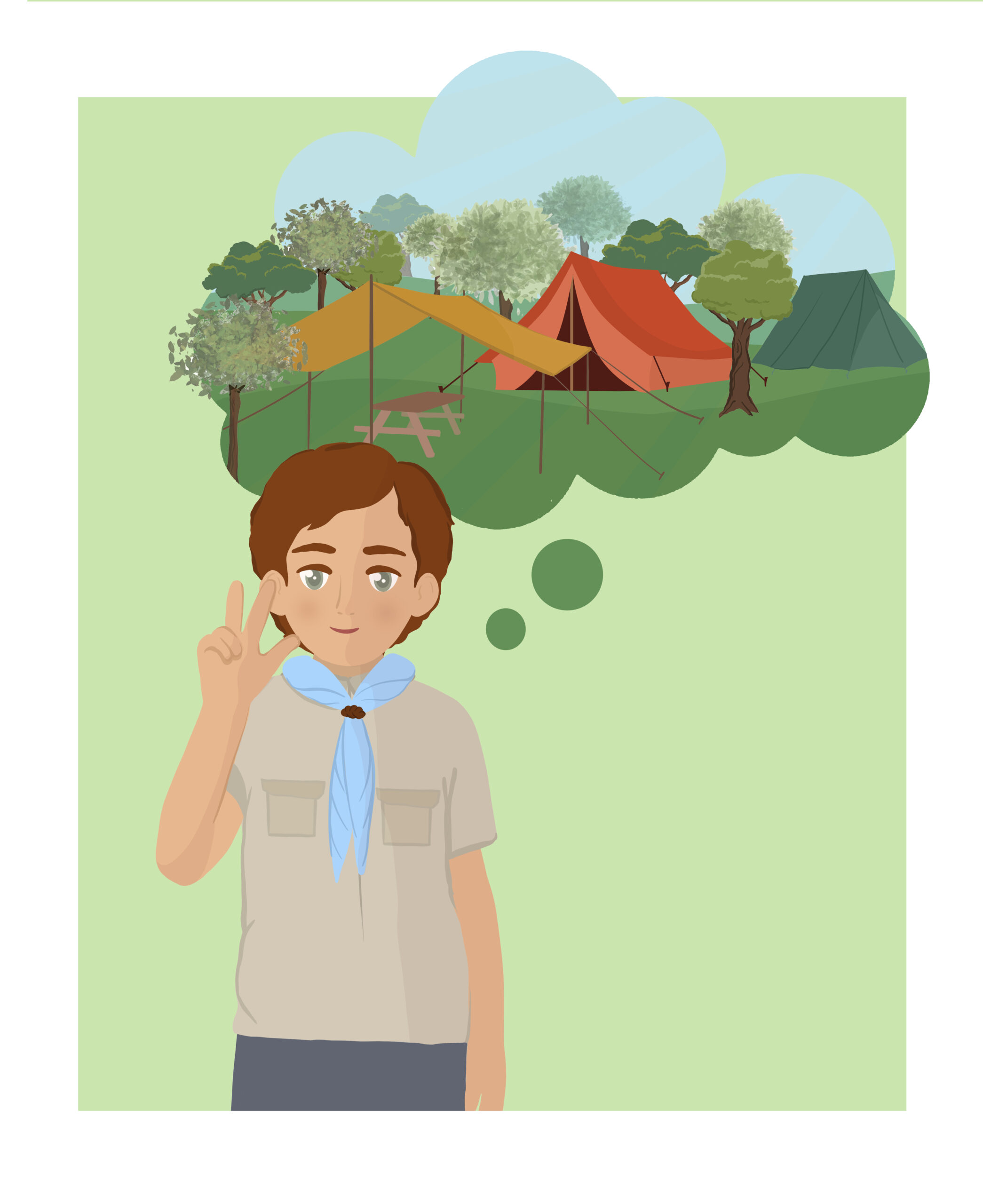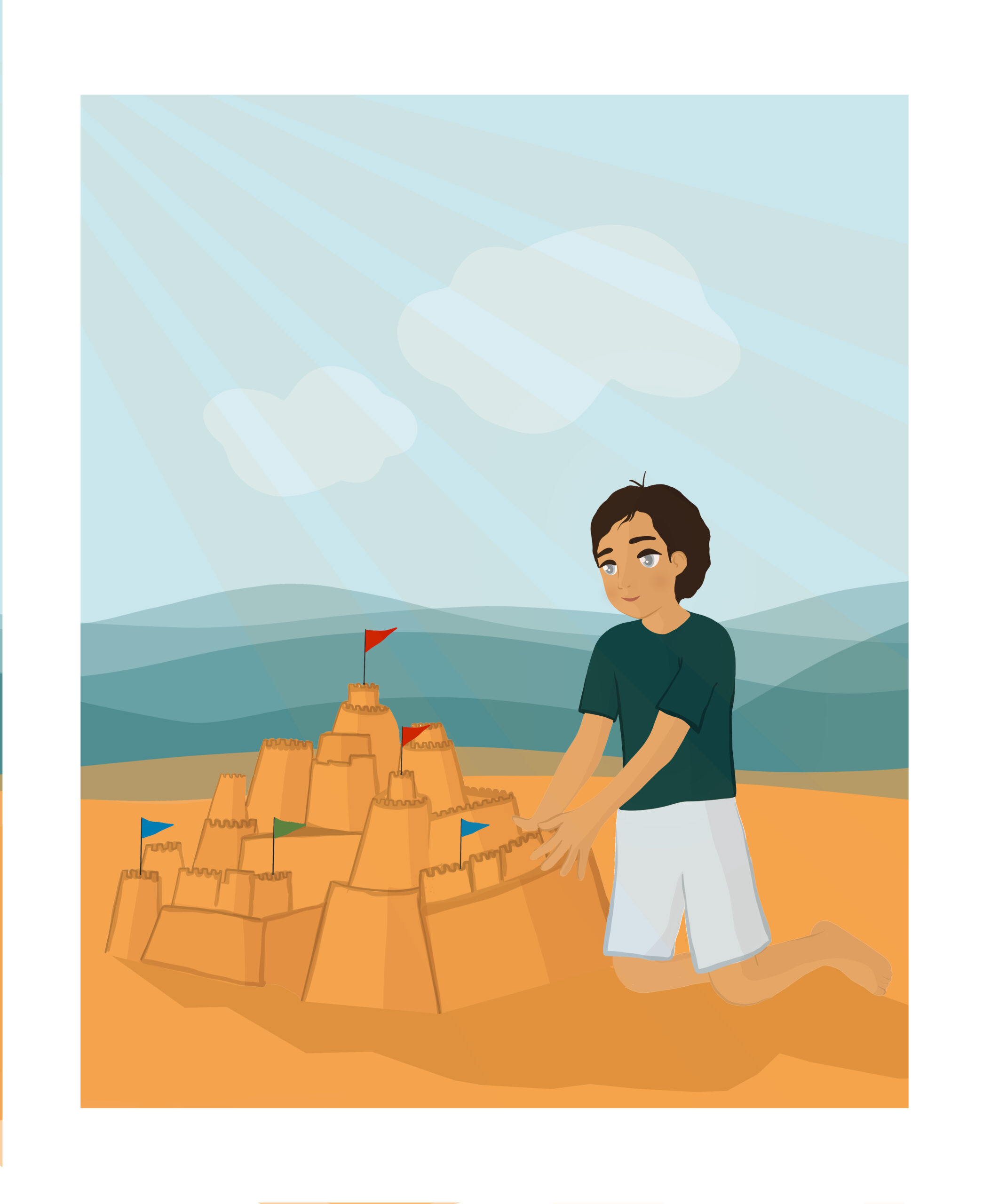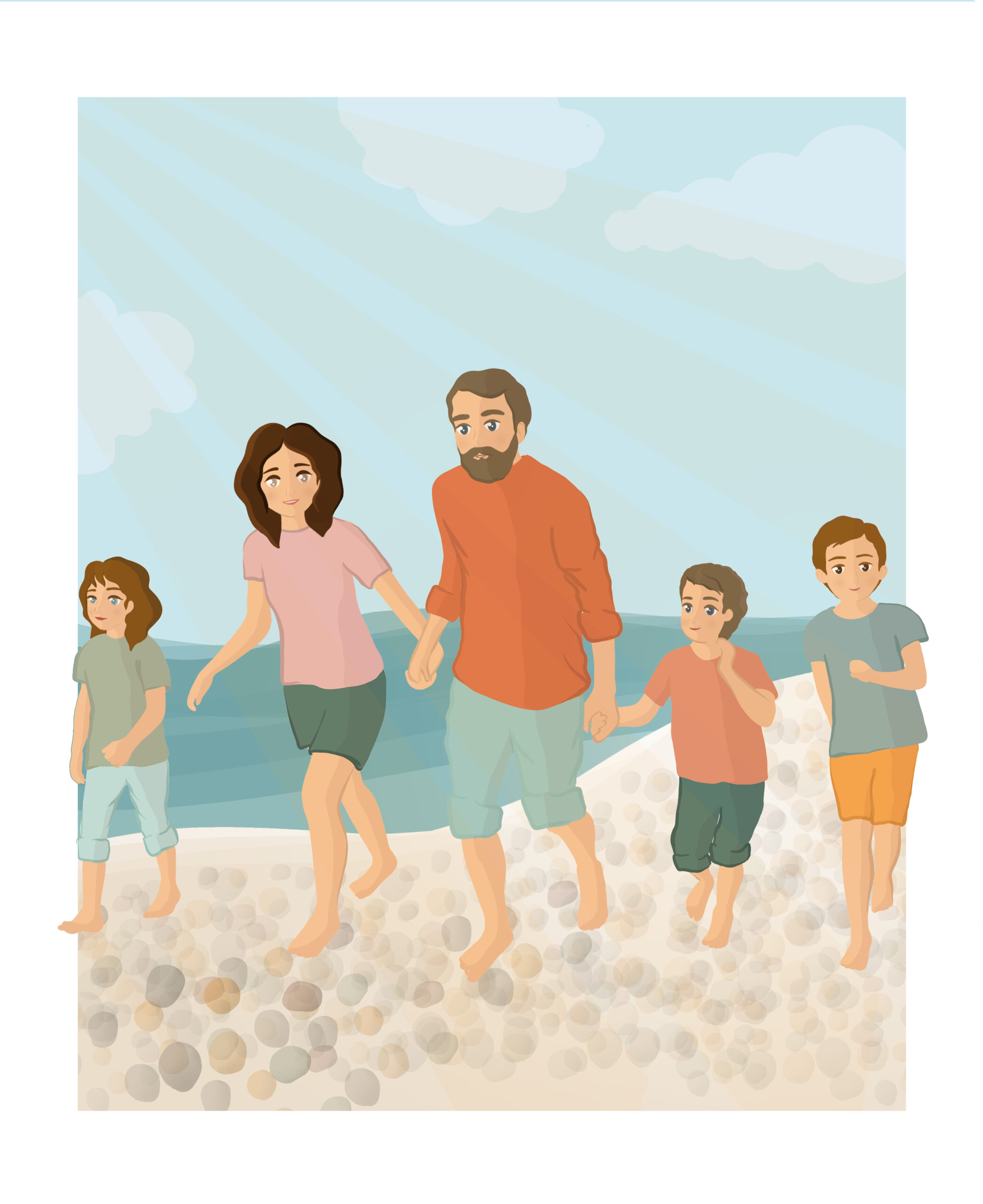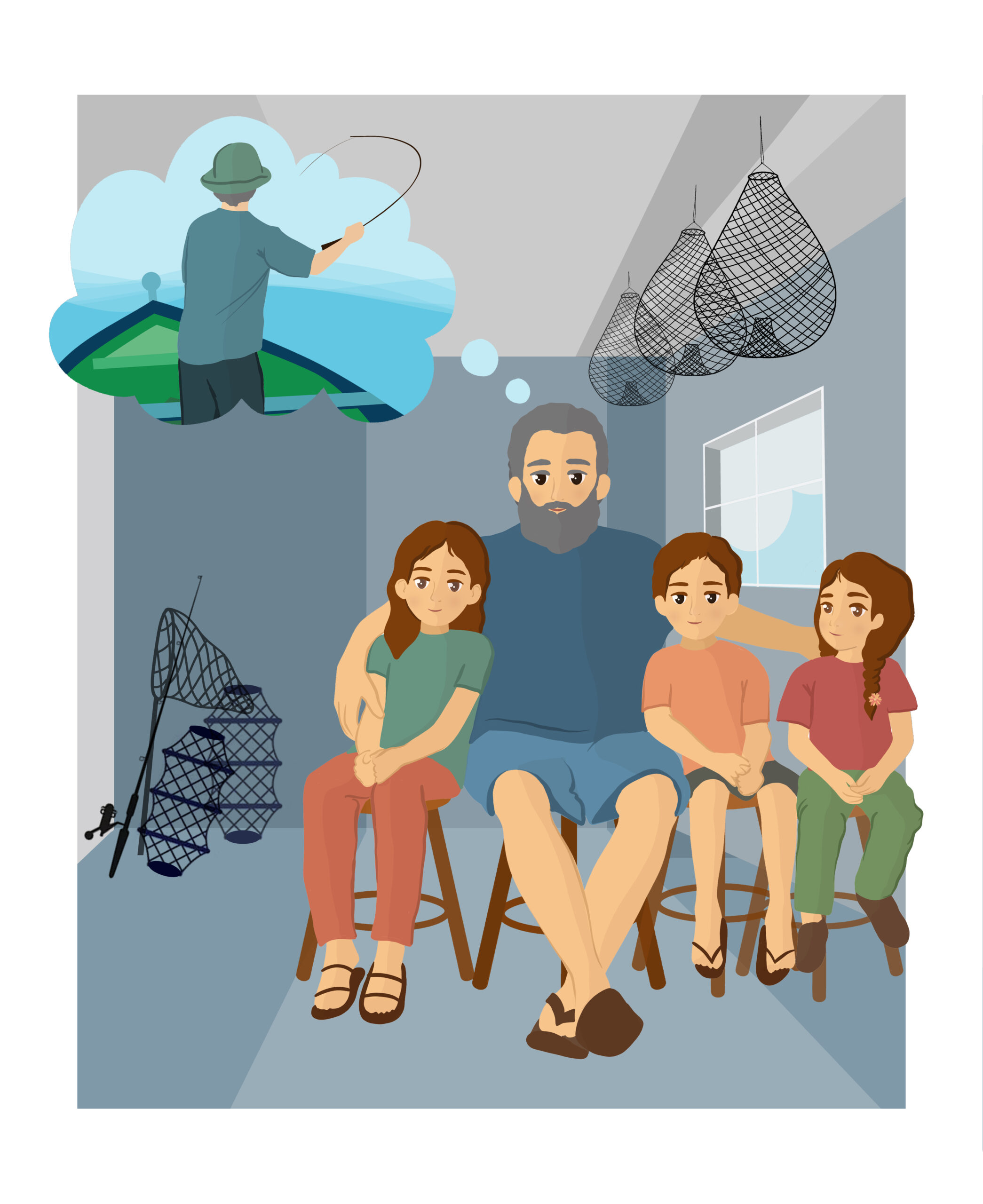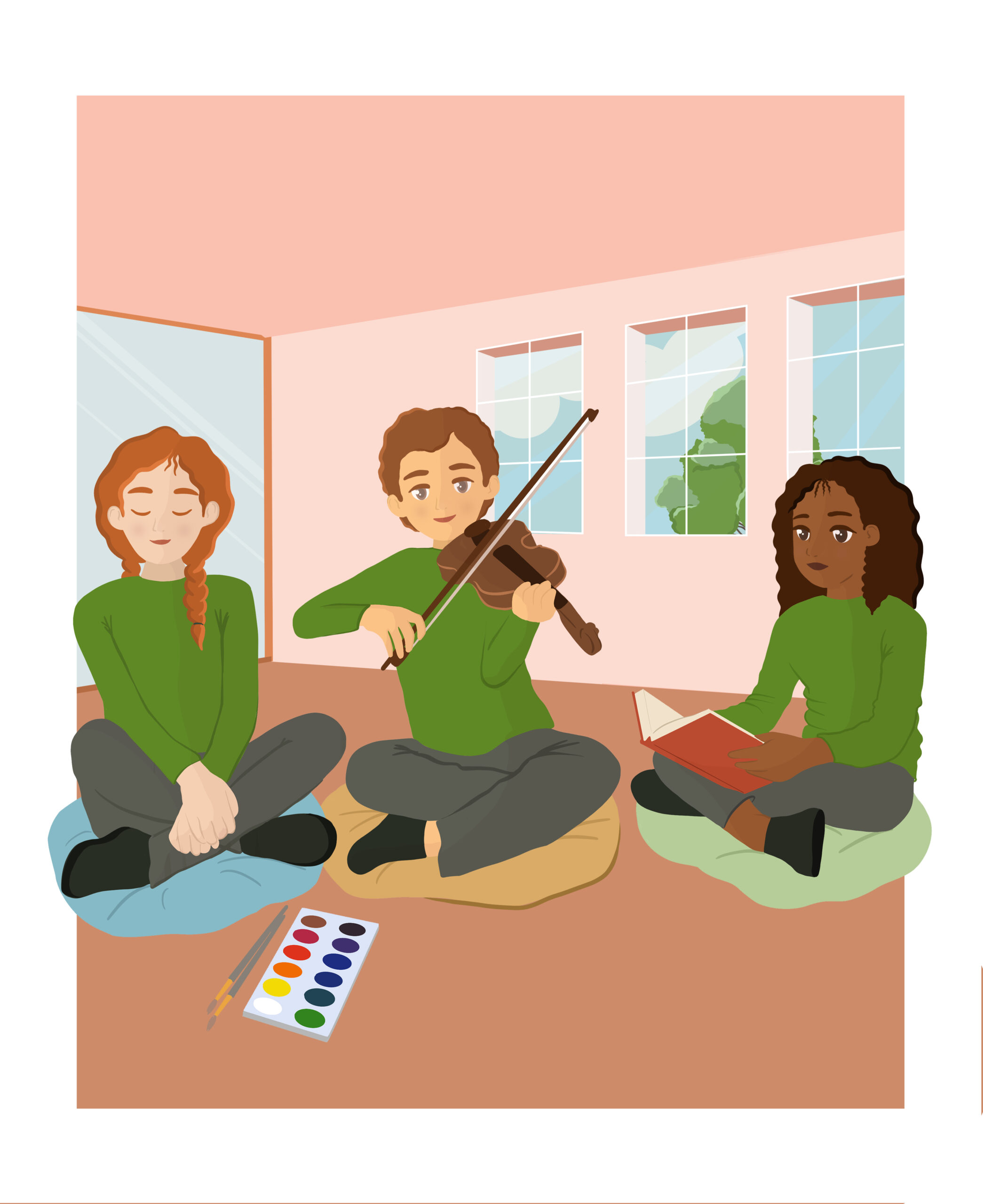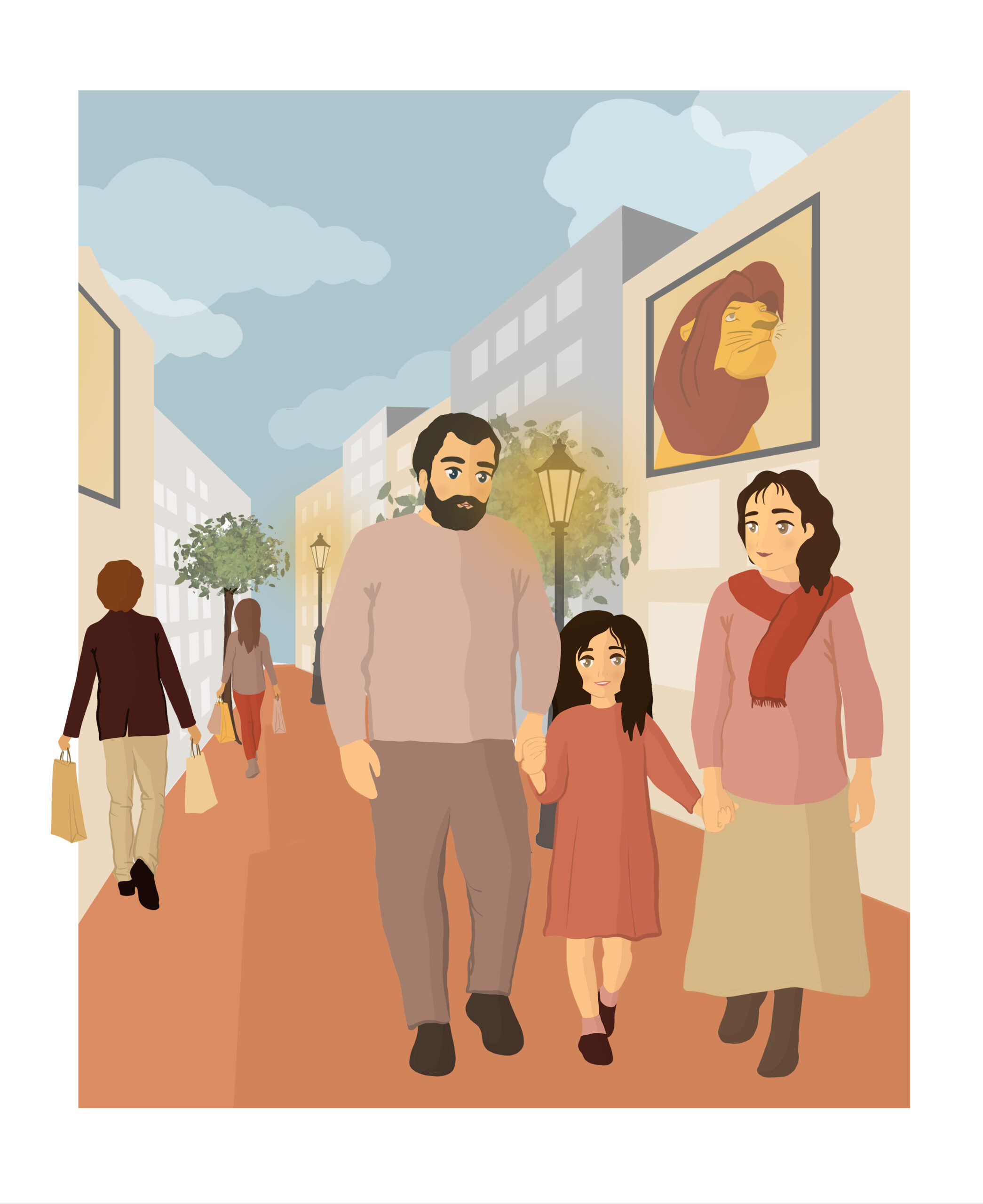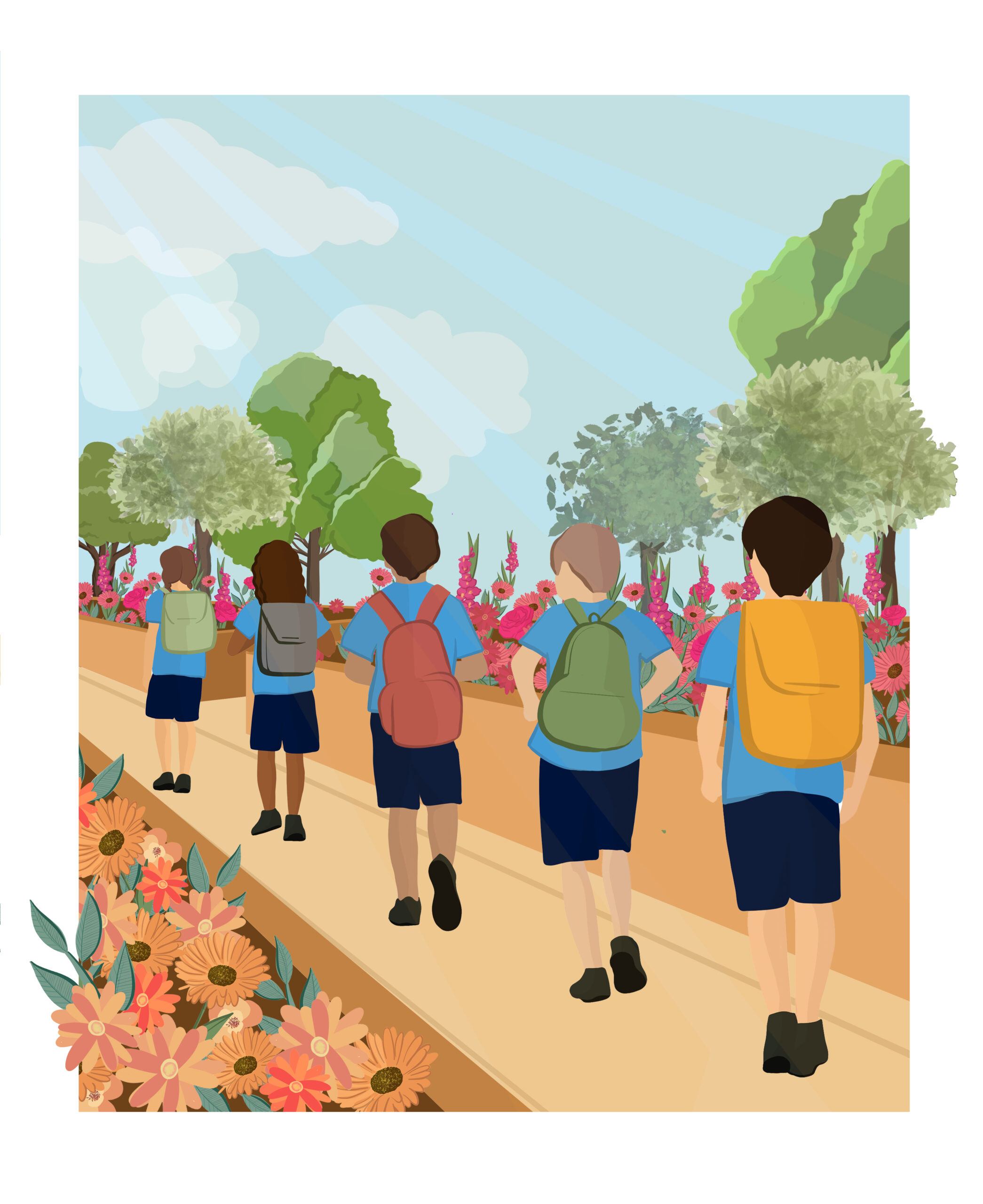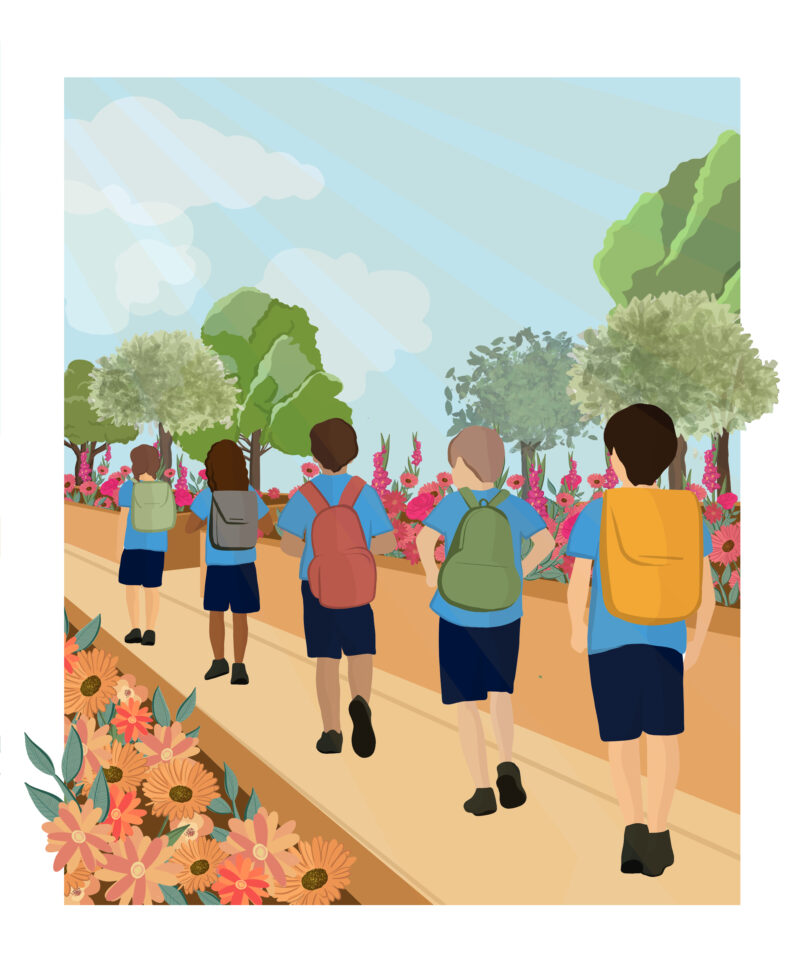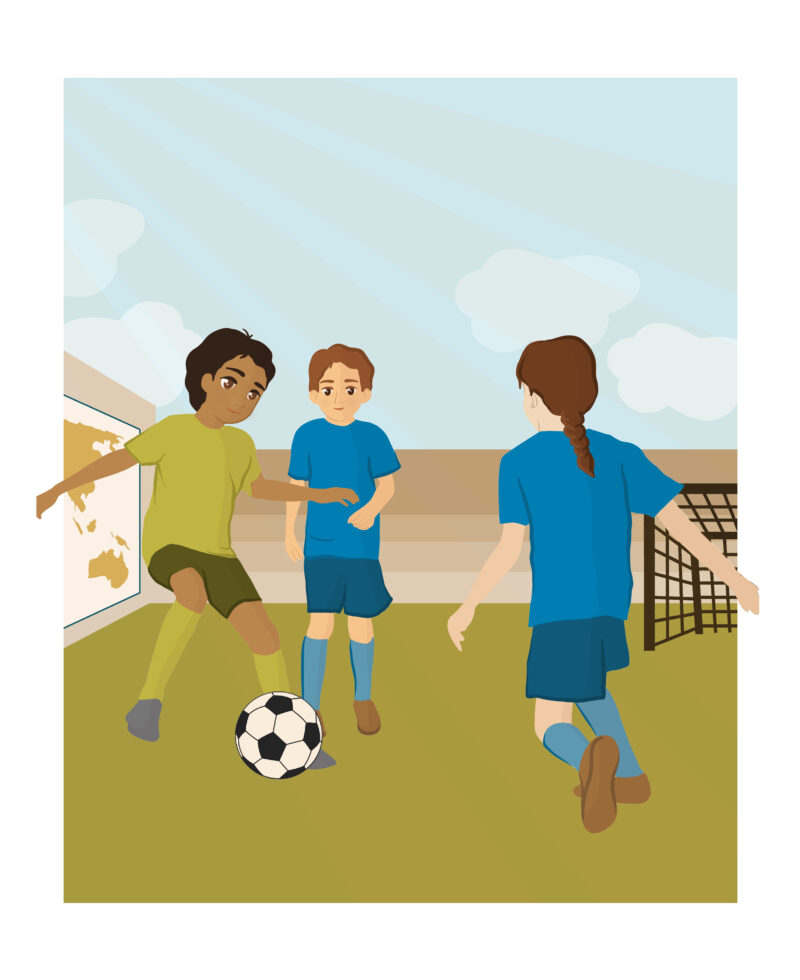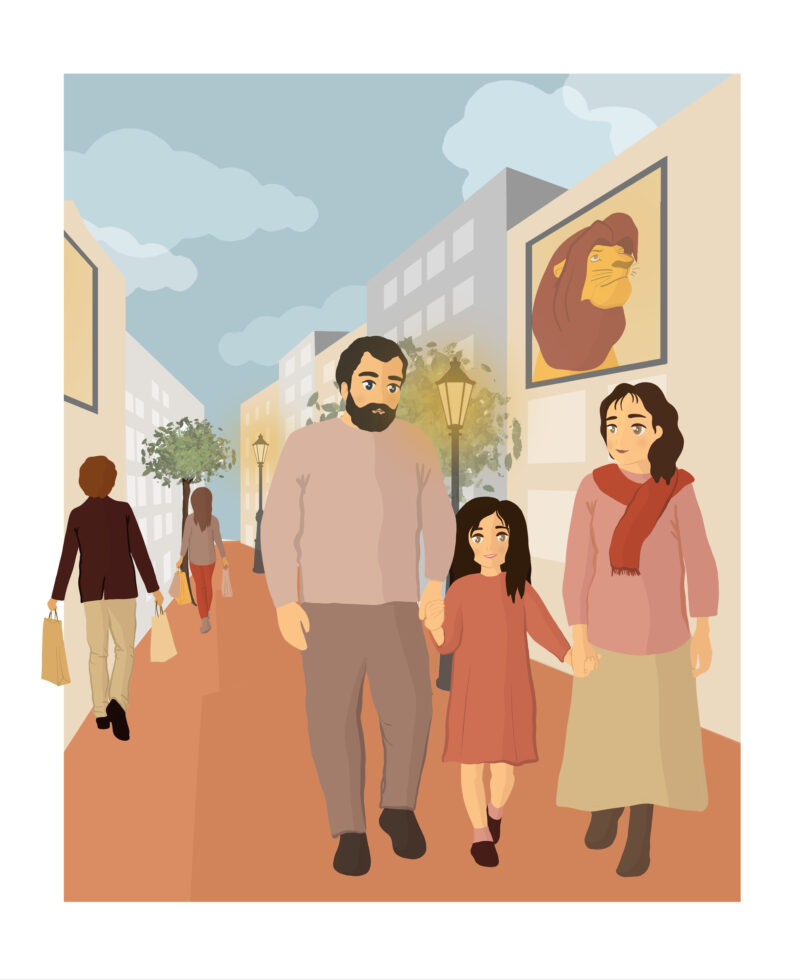The story is about a girl who is interested in many things and so she likes to ask lots of questions. In the catechesis class, she is given a coloured cardboard paper cut out in the shape of a question mark. She was invited to think about a big question she wished to ask God and write it on the question mark.
Ages
- Primary Years
- Middle Years
Topics
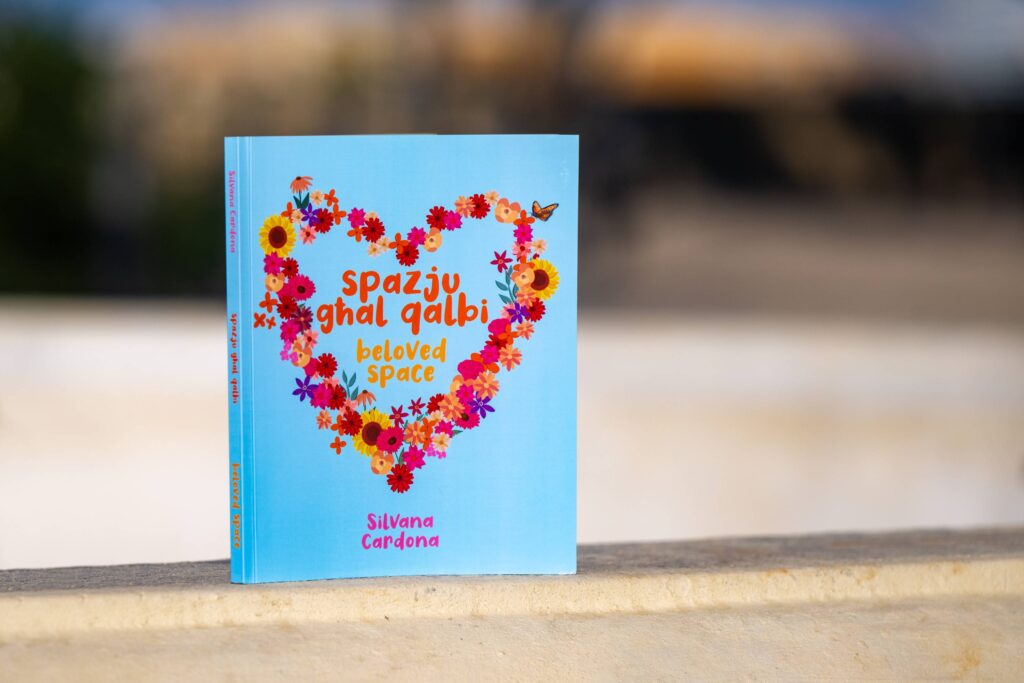
Il-Mistoqsija Oħt il-Għerf
Daniela tinteressa ruħha f’kollox u għalhekk tħobb tistaqsi ħafna mistoqsijiet. Lil missierha tħobb tistaqsih dwar l-annimali tal-ġungla, il-ħut tal-baħar, it-tjur tal-ajru u dwar kreaturi oħra speċjalment wara li jkunu raw xi dokumentarju flimkien fuq it-televixin.
Lil ommha tħobb tistaqsiha dwar il-wirt Malti wara li tkun żaret xi palazz, mużew, forti, jew xi tempju preistoriku ma’ tal-iskola.
Tħobb tkun taf dwar kulturi diversi madwar id-dinja speċjalment dawk il-kulturi ta’ tfal barranin ħbieb tagħha li għandha fil-klassi magħha. Taffaxxina ruħha tistaqsihom dwar pajjiżhom, fejn jinsab, jekk għandhomx muntanji, foresti jew xmajjar u jekk jgħixux annimali fihom bħal ċriev, ilpup u kukkudrilli. Tistaqsihom dwar l-ikel tradizzjonali kif ukoll dwar il-lingwa partikolari tagħhom, kif jiktbuha u jitkellmuha. Il-ħbieb tagħha jieħdu gost iweġbuha u juruha xi ritratt ta’ pajjiżhom.
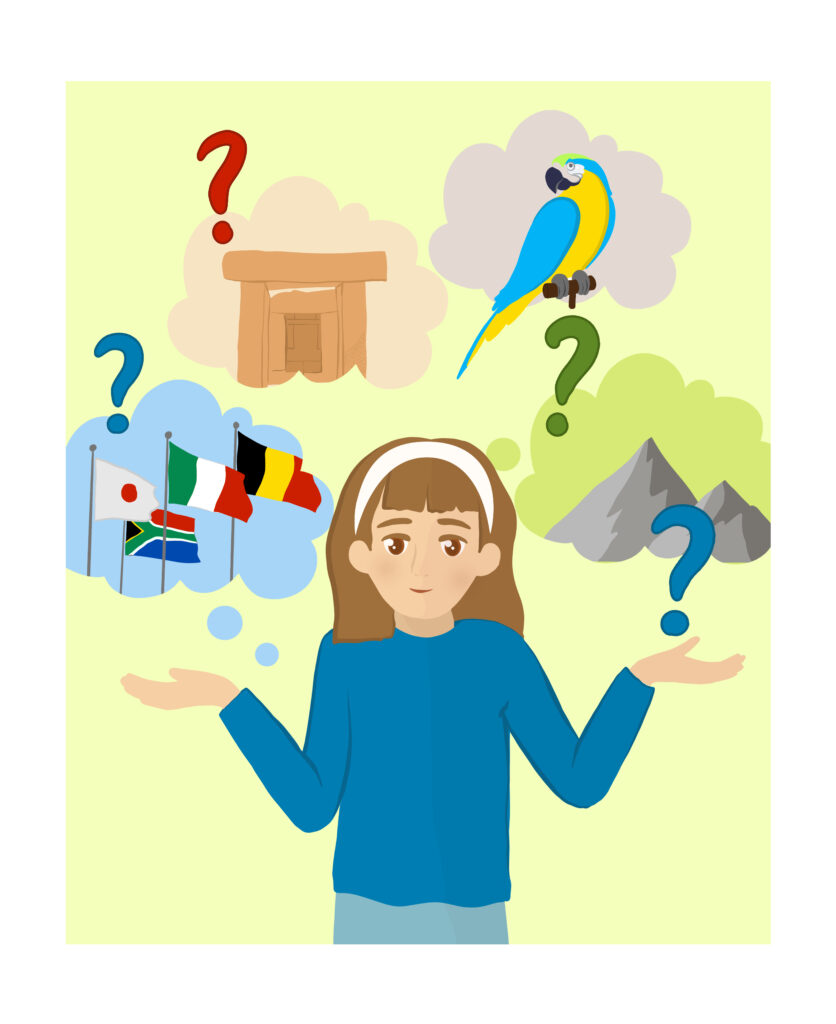
Huma jħobbu ħafna lil xulxin u jieħdu gost jistaqsu dwar id-diversità sabiħa ta’ bejniethom.
Waqt il-klassi tal-katekeżi, Daniela spiss tgħolli subagħha biex tindika li tixtieq tistaqsi xi ħaġa lill-katekist, kemm biex tkun żgura li fehmet sew u kif ukoll biex titgħallem xi ħaġa ġdida għax taf li l-mistoqsija oħt il-għerf.
Darba l-katekist ta sorpriża lil Daniela u lit-tfal. Hekk kif daħlu fil-klassi tal-katekeżi u marru biex ipoġġu bilqiegħda, sabu kartonċina kkulurita u maqtugħa f’forma ta’ mistoqsija kbira u poġġuta fuq is-siġġu tagħhom.
“Din x’ser nagħmlu biha?” bdew jistaqsu t-tfal.
U l-katekist weġibhom, “Illum ser ngħaddu ftit ħin biex flimkien nagħmlu attività riflessiva u kreattiva. Ser nibdew billi l-ewwel toħorġu mill-pokit il-lapes jew il-kulur favorit tagħkom. It-tieni, ser tinżlu bilqiegħda taħt il-mejda tagħkom b’wiċċkom lejn is-siġġu. It-tielet, ser tagħlqu għajnejkom u toqogħdu ftit fis-skiet.
“Kif tkunu b’għajnejkom magħluqa, nixtieqkom taħsbu dwar mistoqsija li tixtiequ tistaqsu lil Alla. Forsi tixtiequ tistaqsuh dwar il-mard fil-familja tagħkom, dwar il-mewt ta’ xi ħadd għażiż għalik, jew dwar ir-relazzjoni tiegħek u m’Alla. Staqsih li trid anke jekk għandek xi ħaġa oħra tinkwetak f’moħħok jew għandek qalbek imbikkma għal xi ħadd li taf li ġralu xi ħaġa. Kunu onesti magħkom infuskom u tiddejqux tistaqsu mistoqsijiet kbar lil Alla… Wara li tkunu ħsibtu din il-mistoqsija, tistgħu tiktbuha jew tpinġuha fuq il-kartonċina. Tiktbux isimkom. Fl-aħħar ser indendlu l-mistoqsijiet kollha tagħna flimkien bil-labar tal-inxir mal-ispaga li hemm għaddejja ma’ dahar is-siġġijiet.”
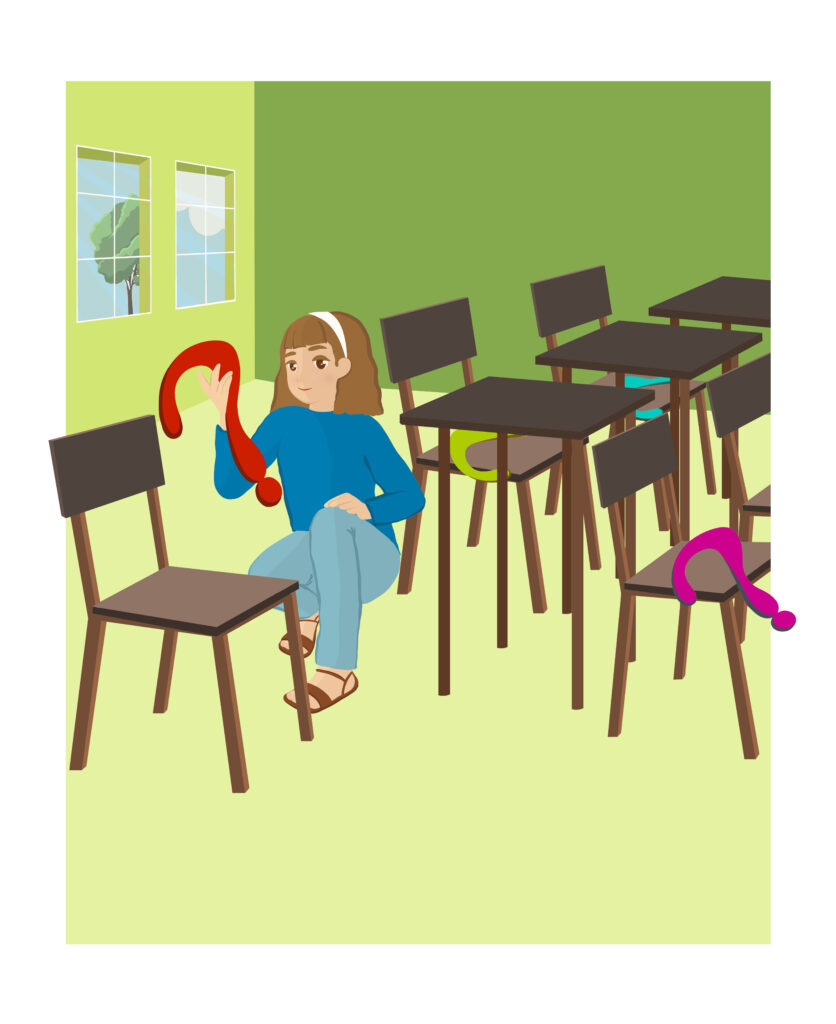
Kemm staqsew u pinġew mistoqsijiet! Fosthom staqsew,“Għala mietet in-nanna daqskemm kont inħobbha?”
“Għala lili jgħiduli li jien żejjed fil-familja u jsawtuni?”
“Għala dejjem bil-ġlied fil-familja tiegħi?”
“X’jiġri meta mmut?”
“Fejn hi l-ġenna?”
“Kif ser jirnexxili naħfer?”
“Kif irnexxielek toħloq id-dinja u l-univers?”
“Għala jrid jagħmel ħafna operazzjonijiet ħija li għadu baby?”
Is-siġġijiet kollha kellhom mistoqsijiet kbar. It-tfal indunaw li xi wħud mill-mistoqsijiet kienu komuni anke jekk kulħadd kien qed jaħseb li hu biss kellu din il-mistoqsija. Xi wħud mill-mistoqsijiet mhux dejjem ser insibu tweġiba għalihom jew huwa diffiċli biex inweġbuhom u ta’ dan ma jimpurtax. L-importanti li ma nieqfu qatt nistaqsu ħalli b’hekk inkomplu niskopru lilna nfusna u nikbru f’persuni aħjar.
U kieku inti kellek tistaqsi mistoqsija kbira lil Alla, x’tistaqsih?
Resources related to this story
We want to get to know you. To be able to bookmark your favourite content, please log in or sign up below.
User Sign Up
Discover more resources



